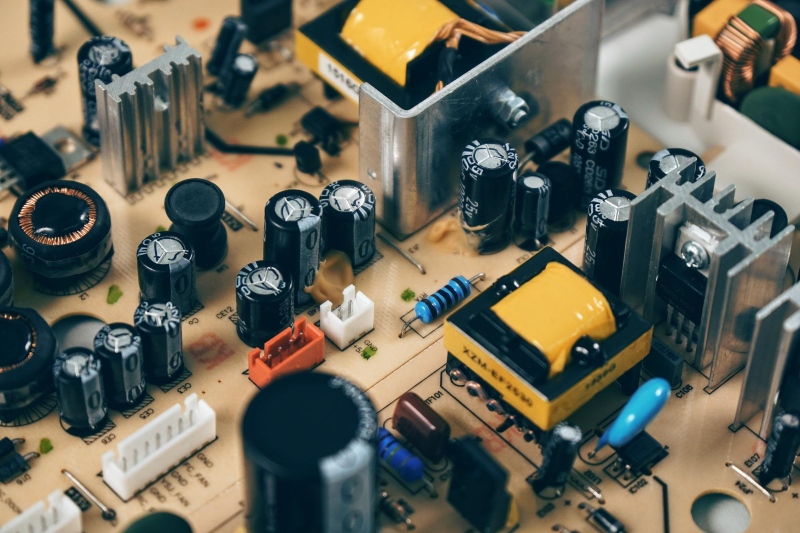The test and measurement equipment industry is a critical backbone for technological advancement, allowing engineers and researchers to verify designs, ensure quality, and push the boundaries of innovation. As technology evolves, so do the tools we use to measure and analyze.
In this post, we will learn the key trends that are driving change in the test and measurement sector, outlining how they’re making waves in the way we approach complex challenges.
Emphasis on User Experience
An often-overlooked aspect of test and measurement equipment is user experience. However, it has become an essential factor as complexity increases. The trend is towards intuitive interfaces, touch screens, and connectivity that tie in with the devices we use in our everyday lives, making sophisticated testing equipment more accessible than ever.
Wireless Technology and IoT
The proliferation of wireless technology and the Internet of Things (IoT) has led to an increased demand for testing solutions that can cope with a multitude of connected devices.
The trend indicates a move towards equipment capable of more sophisticated interference analysis and remote monitoring, ensuring that our ever-growing network of gadgets communicates efficiently. Instruments like the digital multimeter are becoming more adaptable to accommodate the diverse testing needs of IoT devices.
The Impact of 5G on Electronic Components
5G technology necessitates innovative electronic components that can operate at higher frequencies and with more reliable connections. As a result, there has been an upsurge in the development of specialized semiconductors, RF filters, and antennas which are equipped to handle 5G speeds. These components play a critical role in ensuring that devices can leverage the power of 5G effectively.
Integration of Artificial Intelligence
Artificial intelligence (AI) is no longer just a buzzword; it’s becoming integral to test and measurement systems. AI algorithms can automate complex data analysis, enhance decision-making processes, and optimize test sequences. The future of testing equipment looks to be one where human error is minimized, and insights are gleaned faster than ever before.
Modular and Software-Defined Instruments
Flexibility has become a keystone for modern test equipment. Modular instrumentation, underpinned by software-defined capabilities, allows engineers to adapt quickly to changing test requirements. These systems promise a world where upgrading your tools doesn’t mean replacing them entirely but rather updating the software or swapping out modular components.
Environmental and Safety Standards Compliance
As global awareness of environmental issues grows, so does the emphasis on compliance with environmental and safety standards in test equipment. Future equipment will need to be not only accurate and reliable but also built with sustainability in mind, ensuring a smaller ecological footprint and adherence to strict safety protocols.
Enhanced Cloud Integration
Cloud computing is revolutionizing how test data is stored, accessed, and shared. The capability to seamlessly integrate with cloud platforms is becoming a must-have feature for test and measurement equipment.
This allows for real-time data analytics, global accessibility, and collaborative work environments, which are particularly beneficial for large projects spread across multiple locations.
Increased Throughput with High-Speed Data Processing
The sheer volume of data generated during sophisticated tests requires equipment with high-speed data processing capabilities. The development of advanced data acquisition systems that can handle this surge in data velocity and volume is essential.
Innovations in data throughput are equipping engineers and technicians with the ability to carry out accelerated testing cycles, thus reducing time-to-market for new technological solutions.
Augmented Reality for Test Equipment Interfaces
Augmented reality (AR) is beginning to make its way into the test and measurement realm as an innovative method for interfacing with equipment. AR can provide technicians with interactive, guided procedures and overlay crucial information onto physical test apparatus, which can streamline processes and reduce the likelihood of procedural errors.
The integration of AR is poised to enhance user interaction with test equipment, delivering a futuristic and efficient user experience.
Conclusion
The test and measurement industry is set for an exciting transformation, fueled by advancements in AI, the rise of the IoT, modular instrumentation, a focus on user-friendliness, and a commitment to the environment and safety standards.
These trends represent not just challenges but opportunities for innovation, pushing the boundaries of what’s possible in testing and measurement, and solidifying the foundation for future technological breakthroughs.
